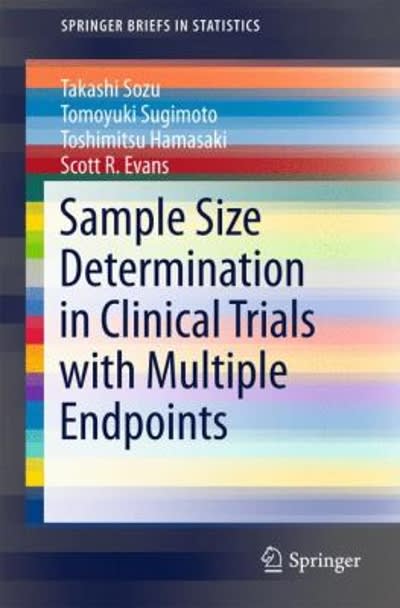Question
Joe wanted to compare the success rates of Scope versus MouthXtreme in the treatment of bad breath . He wanted to specifically understand the relative
Joe wanted to compare the success rates of Scope versus MouthXtreme in the treatment of bad breath. He wanted to specifically understand the relative success rates of the two mouthwashes separately for adult versus children. To analyze this, Joe collected data from hundreds of dentists in the United States of America that were using either Scope or MouthXtreme to treat their bad breath people. He then divided the people in his data into four segments: (1) adults treated with Scope, (2) adults treated with MouthXtreme, (3) children treated with Scope, (4) children treated with MouthXtreme. Jo analyzed the data the segmented data:
- 93% of adults using MouthXtreme did not have bad breath (while 7% did have bad breath); 87% of adults using Scope did not have bad breath (while 13% did have bad breath); the conclusion was, MouthXtreme was more effective on adults.
- 73% of children using MouthXtreme did not have bad breath (while 27% did have bad breath); 69% using Scope did not have bad breath (while 31% did have bad breath); the conclusion was, MouthXtreme was more effective on children.
Jo concluded that based on the two findings, MouthXtreme was more effective than Scope to treat bad breath.Jo showed his boss, Alex.
Alex read the report and said,"As I only wanted to understand the overall success rate of each mouthwash, I put the adults and children together in my analysis and found the following:
- 78% of people using MouthXtreme did not have bad breath (while 22% did have bad breath); 83% of people using Scope did not have bad breath (while 17% did have bad breath).
Alex concluded thatScope was more effective than MouthXtreme on the population overall.
Joe and Alex arrived at opposite conclusions using the same data.
Please explain how this is possible using statistics/probability principles along with math formulas to back your answer. Simply stating that they way the two individuals studied the data is not sufficient.
Step by Step Solution
There are 3 Steps involved in it
Step: 1

Get Instant Access to Expert-Tailored Solutions
See step-by-step solutions with expert insights and AI powered tools for academic success
Step: 2

Step: 3

Ace Your Homework with AI
Get the answers you need in no time with our AI-driven, step-by-step assistance
Get Started


